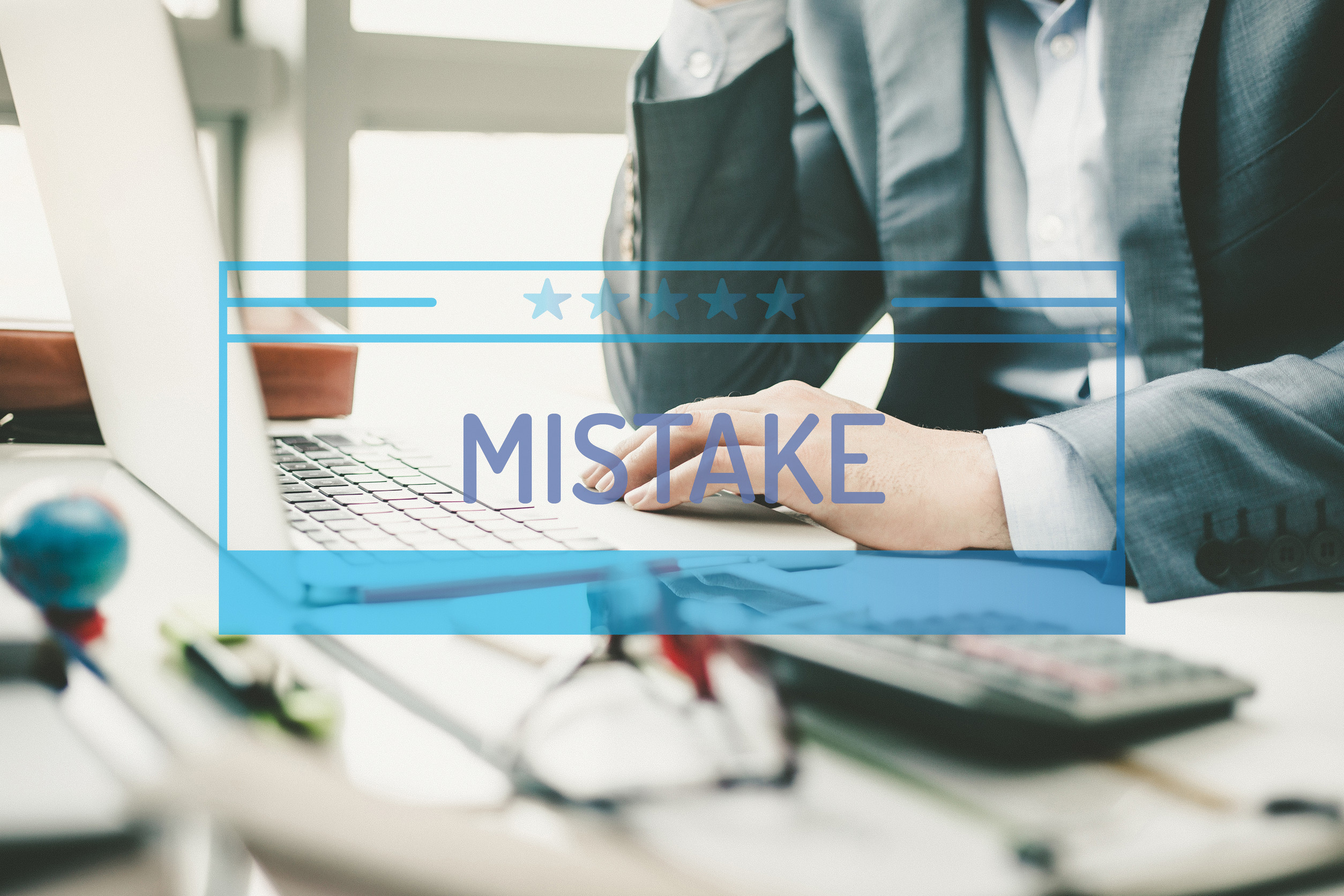
The application process for a Morocco eVisa requires attention to detail to prevent delays or rejection. Very often, tiny mistakes translate into big problems, and being aware of common mistakes will save your time and headache.
The Morocco eVisa is an electronic visa introduced by the government to simplify the visa application process for eligible travelers. It is designed for short-term visits, primarily for tourism, business, or other non-permanent purposes. The eVisa allows applicants to complete their application entirely online, removing the need to visit an embassy or consulate.
The eVisa was introduced to streamline the entry process and promote tourism and business opportunities in Morocco. Its primary purposes include:
The Morocco eVisa reflects the country’s commitment to welcoming international visitors and making the travel experience more accessible and efficient.
Below go the most frequent mistakes applicants make, along with useful tips on how to avoid them.
Your personal information is the first step in your Morocco eVisa application, and even a single minor error may cause delays or rejections. A lot of applicants tend to leave minor errors, thinking that such errors would automatically get changed. These hardly happen.
Common Errors:
How to Avoid:
Poor quality or incomplete documents could stop the eVisa application. Too many applicants underestimate how much clear and professional documents according to requirements will impact the processing of an eVisa.
Common Errors:
– Submission of unclear, poor-quality, or wrongly cropped passport photographs.
– Insufficient document specifications (document size or format)
– Inability to submit all necessary supporting documents
How to Avoid:
Timing is everything in an eVisa application. Many applicants underestimate processing times and end up stressed out or even missing their chance to travel.
Common Errors Include:
How to Avoid:
Failure to check eligibility requirements before filing is another frequent mistake made. Quite often, applicants raise their hopes on it, only to be informed later on that they should have applied for a traditional Sticker Visa. the most common errors include:
How to Avoid:
Your passport is a very important document that will be required for your eVisa application; thus, its validity is of essence for approval. Most applicants make this mistake, which leads to unnecessary rejections or complications at immigration.
Common Mistakes:
How to Avoid:
Payment tends to be the point at which mistakes are made with applications. The wrong payment details or an unsupported payment method will cause hold-ups in the application process. Failure to pay within the deadlines may also lead to cancellations automatically.
Common Mistakes:
How to Avoid:
– Use a valid credit or debit card to ensure smooth transactions.
– Ensure that your card is sufficiently funded and approved for international transactions.
– Make the payment as soon as possible to avoid delays in submitting the application.
So far, after submitting the application, it is easy to make one's assumption that everything was on track. Not monitoring, one may miss important updates or further requests for documents. Common errors involved are:
How to Avoid:
Incompletely filled applications are one of the main reasons for delays and refusals. Leaving out compulsory fields or giving very vague information will only lead to unnecessary complications.
Common Mistakes:
– Leaving the compulsory fields blank.
– Giving vague or inaccurate information about the travel plans.
How to Avoid:
– Go through your application before submitting it.
– Ensure all the fields are correctly and honestly filled to avoid delays.
It is equally important to understand the terms of your eVisa. Most applicants skip into such details, which most often lead to misusing the visa and creating problems during their stay.
Common Errors:
How to Avoid:
Content Disclaimer: While this information was last updated in January 2025, we strongly suggest confirming all travel details with the appropriate governmental agencies, embassies, and airlines.
Step1: Complete the online application by entering your passport details.
Step2: Make the payment online using a credit card.
Step3: Check your email for the payment confirmation and receive your e-visa.